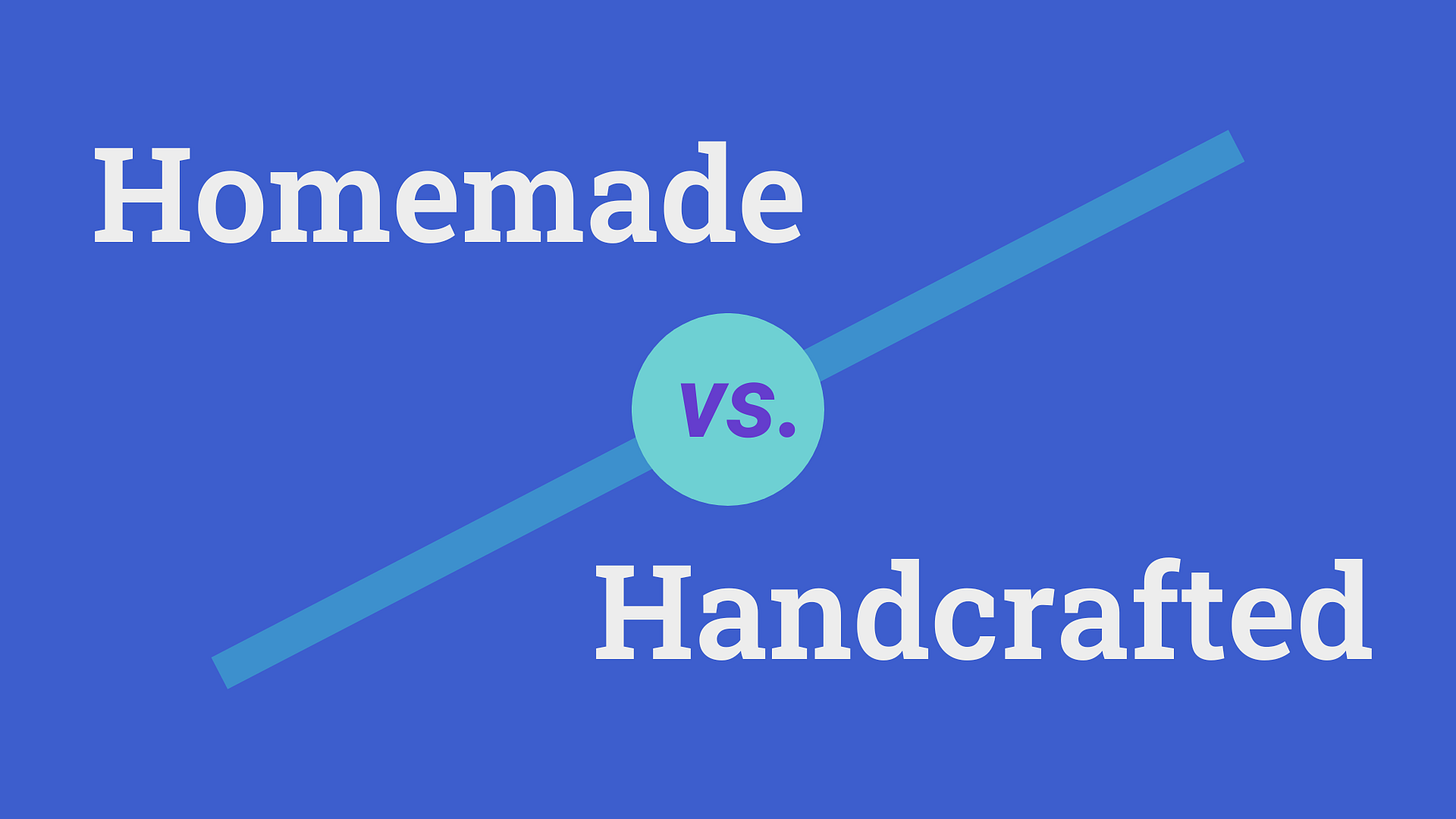What’s the surprising difference between homemade and handcrafted?
Does your solo business reflect ‘homemade’ efforts or ‘handcrafted’ excellence? Discover the small shift that can make a big difference.
When I was 9, my mom gave me the best gift ever — she taught me to sew.
The benefits were not just the craft but also the solopreneurial principles it ingrained in me. Lessons about commitment to quality, the importance of tools and materials, the rewards of patience, and more.
Most of all, it comes down to the distinction between homemade and handcrafted.
Homemade items are made by hand, often with love.
Handcrafted items incorporate those elements but raise the bar by infusing attention to detail, skill in execution, and standards of quality.
Now, even if you’ve never picked up a needle and thread, what I learned from years of sewing can help you as a solopreneur. Here are some of the key lessons.
Embrace the learning curve
Sewing taught me that mastery takes time and patience.
I started by creating doll clothes crafted from fabric scraps. By college, I was stitching winter coats in styles reminiscent of 1940s movie stars, with wide shawl collars and fine tailoring.
There were lots of experiments and many mistakes. Sound familiar? Building a solo business also takes persistence and a willingness to reach beyond our current capabilities.
Action: Set aside time each week for skill development and learning, whether through courses, workshops, or self-study.
Lead with quality, not perfection
As my sewing skills and design sense improved, I also developed a personal standard for the clothes I made. If someone could tell it was homemade, I wouldn’t wear it. I knew what quality garments looked like and wouldn’t settle for less.
This attention to quality has served me well in my solo business—as long as I don’t let perfection lead to procrastination.
Action: Establish a personal standard for what quality looks like in your work and how you present yourself. You can either develop the skills to deliver it, or build a team of freelancers who can help you reach this standard.
Price for value
I knew the coat I made in college would have sold for at least 8-10x the cost of the fabric and my labor. Similarly, solopreneurs must price products or services based on the quality and value we provide, not the cost of our materials or time. As your skills improve, so does the value of what you create.
Action: Regularly review your pricing strategy to reflect the growing value of your offerings as your expertise develops.
Invest in quality tools and materials
Over time, I learned the value of upgrading my fabric choices and equipment. If I wanted handcrafted quality, I needed to start with superior tools and materials. For solopreneurs, investing in appropriate tools and continuous learning can significantly impact effectiveness and efficiency.
Action: Analyze where it makes sense to upgrade any equipment, tools, or learning resources to support your goal of delivering first-rate experiences for your clients and customers.
Craft your mindset
My years of sewing instilled in me a mindset of handcrafted quality — in materials, design, and execution. As a solopreneur, you can differentiate your work by adopting a similar mindset of care, expertise, and quality for each product or service. The results will help you stand out amid competitors.
Action: Clearly articulate your value in all your communications, focusing on uniqueness, quality, and skillful execution.
Big gap, small effort
What was the biggest lesson I discovered about the distinction between these two terms?
The gap between homemade and handcrafted is more than semantics. It’s about brand and perception.
The meanings differ, but the required effort and investment to communicate superior quality can be minimal.
The shift begins with a commitment to quality and a dedication to continually perfecting your knowledge and expertise.
Consider if you want your solo business to be homemade or handcrafted. It’s a meaningful difference.
Sneak peek
Welcome to the many new readers who have joined us recently!
I wanted to share that in the coming weeks I’ll be developing this newsletter to focus more on how solopreneurs can stand out in a crowded field. It will look at communicating with design, type, and visuals (including frameworks). We’ll be exploring visual storytelling, personal branding, and more.
I’m excited to combine my background in art and design with what I continue to learn on this solo business journey. I’ll be sharing more details soon.
Do you know someone who would benefit from upgrading their solo business to a handcrafted mindset? It’s easy to share this issue by clicking on the button below.
What have been your experiences with shifting your mindset from homemade to handcrafted? Chime in below in the comments.
Thanks again for being a reader. See you next week!




